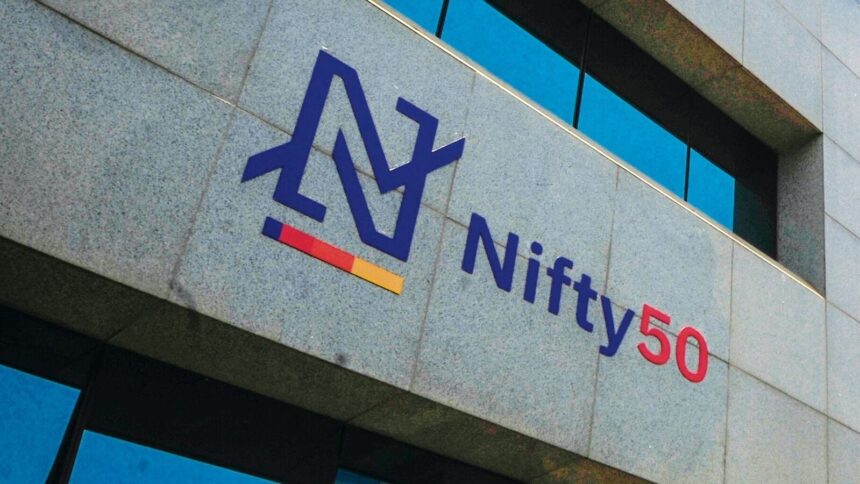On Friday, the Reserve Bank of India’s monetary policy committee (MPC) transmitted a clear signal for growth, slashing the benchmark repo rate by 50 basis points (bps) and the cash reserve ratio requirement (CRR) by 100 bps. Traders responded by selling a huge quantum of put options at Nifty’s 25,000 level, reflecting the belief that the index would clock smart gains on Monday.
Open interest (OI) in Nifty’s weekly 25000 strike put expiring on Thursday rose a whopping 470% to 83,472 contracts on Friday after the policy announcement. Open interest is the total number of outstanding derivative contracts.
Sriram Velayudhan, senior vice-president, IIFL Capital Services, said this reflects the fresh trigger for markets from the RBI’s unexpected action.
“The outsized cuts in the repo rate and the unexpected significant easing of the CRR have given a bullish texture to the market,” said Velayudhan. “Most mutual funds are underweight financials and IT, and with this cut, we expect fresh buying in rate-sensitives, which will prop up the market. One of the signals of bullishness is reflected in the sale of the ATM (at-the-money) put, which shows the high confidence of the traders.”
At-the-money refers to options which trade at or close to the current market price of an underlying index or stock.
‘Bullish sign’
Rajesh Palviya, SVP (head of derivatives & technical research), Axis Securities agreed with Velayudhan’s take on the index.
“Writing puts at the same level as the Nifty is a very bullish sign,” said Palviya, who raised the range for the Nifty to 24900-25500 from 24500-25100 after the RBI action. Traders have baked in a range of 24670-25330 for the Nifty this week with an immediate bias to the upper end of the range, Palviya added.
Traders sell more put options relative to call options when they believe markets will rise, enabling them to pocket the premiums paid by the put buyers—investors who buy put options either to punt or to hedge their portfolios against anticipated volatility. Conversely, traders sell more calls than puts when they expect markets to fall.
The Nifty closed 1% higher at 25003.05 on Friday after RBI cut the rate at which it lends to banks (repo) by a greater-than expected 50 bps to 5.5% against the market estimate of 25 bps. It also reduced the share of total deposits banks must park with it (CRR) by 100 bps in tranches to 3%. The policy panel also shifted monetary policy stance to neutral from accommodative.
FPIs trim positions
Meanwhile, foreign portfolio investors (FPIs) trimmed their short index futures positions to 92730 contracts on Friday from 106,988 contracts a day earlier. Retail and high net worth investors (HNIs) booked some profits on their bullish index futures positions by reducing these to a net long 61524 contracts on Friday from 68669 net long contracts on Thursday. FPIs have turned net buyers of Indian shares since mid-April as the dollar weakened and the US bond yields fell.
After selling ₹2.85 trillion worth of shares in the secondary market between October and March, fuelling a 9% fall in the Nifty to 23519, they net purchased shares worth ₹21,327 crore in April and May, aiding the Nifty’s recovery by 5.2% to 24751 by the end of last month.
Since then, FPIs turned net sellers worth ₹12,077 crore in the month through 5 June, as per NSDL, which hadn’t released the figure for Friday. However, BSE data shows that FPIs net purchased shares worth a provisional ₹1009.71 crore on Friday, while domestic institutional investors purchased a net ₹9,342.48 crore.
BSE data shows that DIIs absorbed the FPI selling at lower levels, net buying ₹3.75 trillion worth of stocks between October last year and March this year. Their buying of ₹1.2 trillion since March end to 6 June drove the recovery from a multi-month low to 21743.65 on 7 April to 25003.05. From March end to 6 June, FPIs net invested ₹10,260 crore in the cash market, NSDL data showed.
Jyoti Jaipuria, founder of PMS firm Valentis Advisors, is bullish on markets after the RBI policy, as he believes the rate cut and CRR reduction, could spur consumption demand, leading to better earnings growth. He is bullish on small cap companies in the financial, chemicals, pharma and engineering segments.






